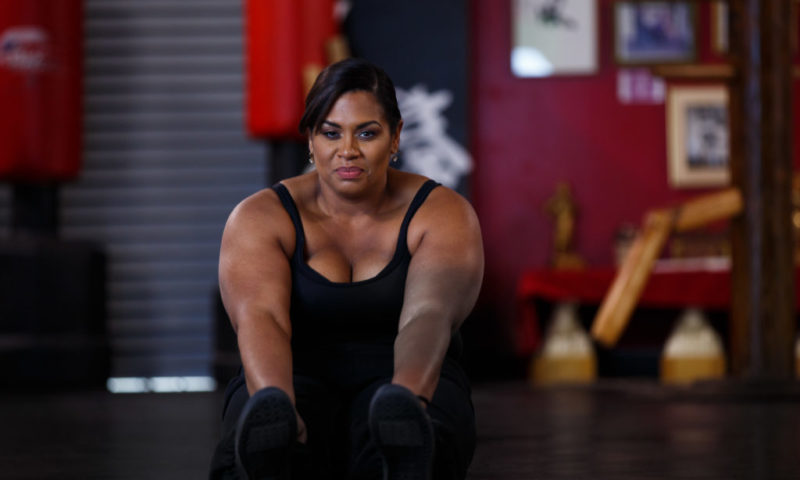Disclaimer: Before beginning any exercise routine or program, first consult with your healthcare provider for proper guidance and safety precautions.
Living with limited mobility — whether temporary or chronic — is not an easy battle to fight. Add to the equation the fact that physical activity is crucial to any healthy lifestyle, and you might feel like you have a recipe for pain or failure. But that’s not always the case.
One common misconception about exercise is that it’s restricted to people who have a full range of motion. If that were true, there’d be a lot less of a need for physical therapy and almost no opportunity for your muscles, joints and body to recover and grow stronger.
If injury, illness, disability or issues with weight have hindered your mobility, with a creative approach, you can get active and work out to boost your mood, relieve stress and enhance your self esteem — PLUS, work your way slowly toward greater future mobility.
Small Tips for Getting Active if You’re Living with Limited Mobility
It can be scary to embrace exercise if you’re dealing with physical limitations. Will it hurt? Are you capable? Will it feel overwhelming to think of all the things you can’t do, even if you’re focusing on what you can do? Don’t worry too much — these fears are common. No matter what stage you’re in currently, here are some simple measures you can take to gradually improve:
First, Talk with Your Healthcare Provider
Your physician and/or healthcare team has the medical experience to help you enact proper safety precautions. Collaborate with them to determine what your unique physical limitations are and what you are able to attempt, as well as build upon for future progress.
Identify Your Current Capabilities
As of this moment, what kinds of movement are you able to accomplish? What parts of your body are most affected by issues with mobility? While you’ll want to aim for well-rounded workouts, you may (or may not) want to pay special attention to these areas.
Work on Your Flexibility
Making flexibility training part of your routine will help you to improve your range of motion, prevent injury and reduce pain. Start small and do this every day.
Look for Low-impact Workouts
You’re probably not ready for a 7-mile hike or a fast-paced aerobics class. Instead, scout-out low impact exercises that are easier on your joints and body (swimming, light walking, etc).
Move Your Body Daily
When you make exercise a habit that you do every day (or most days), you’ll notice your body strengthen over time, gain endurance and possibly even crave more physical activity.
Vary Your Movements
If you’re not able to do much, you can still maximize your body’s potential. Try incorporating different movements focused on cardiovascular, strength and mobility benefits.
Improve Gradually with Time
One of the best things you can do is approach exercise one small step at a time. Be gentle not only on your body, but your mental health as well. By starting small, you can slowly discover what your body is capable of and then you can improve from there.
For basic information about getting started on your fitness journey, please CLICK HERE.






